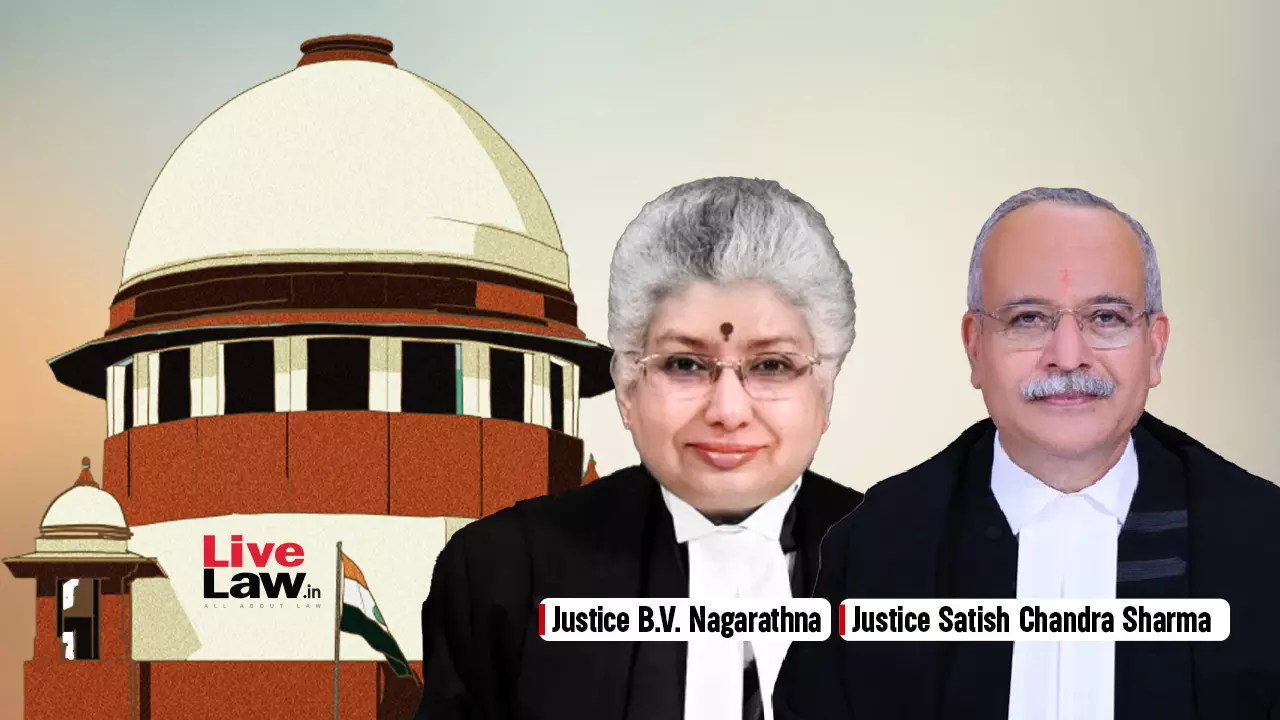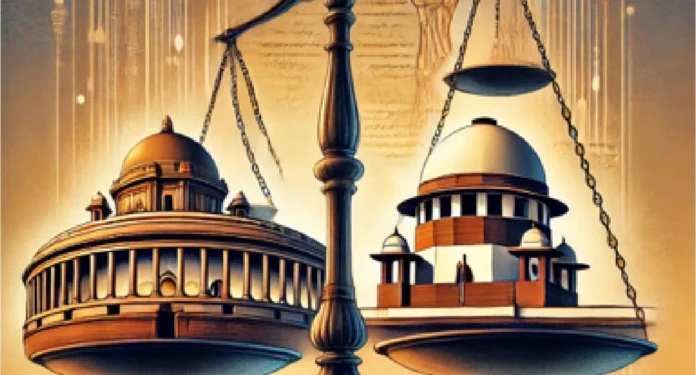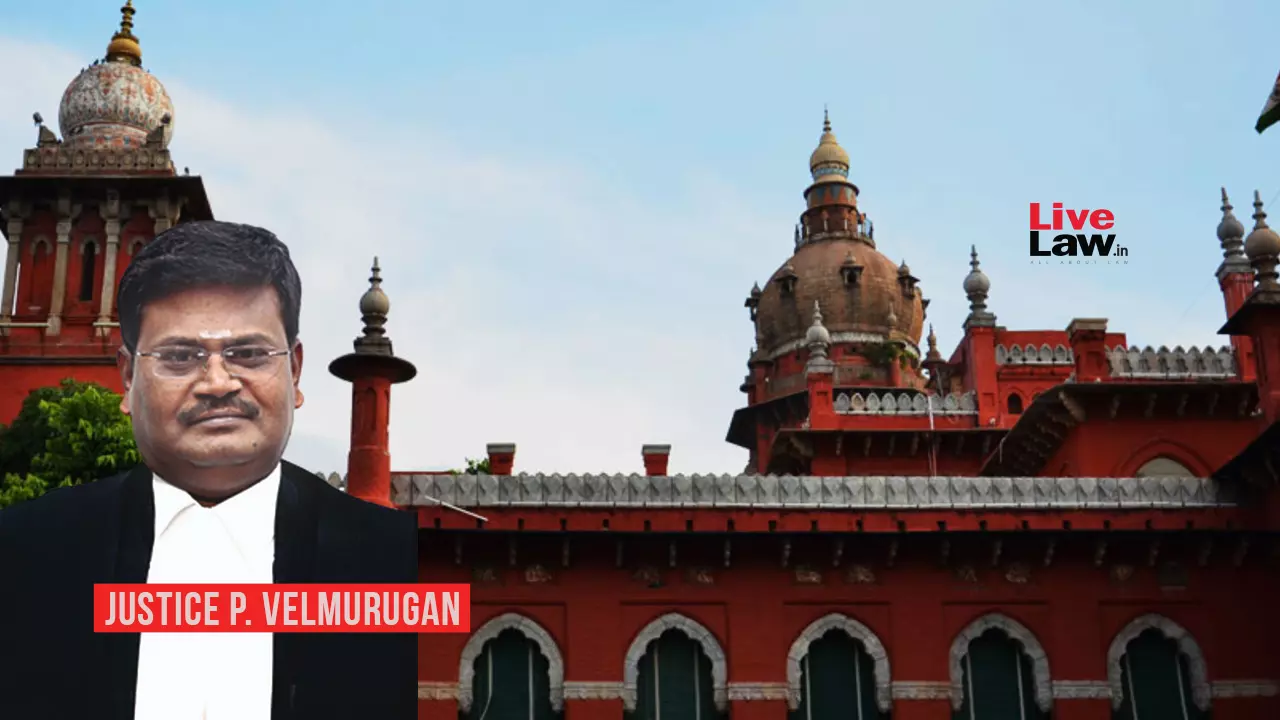Supreme Court Acquits Youth In Murder Case Over Accidental Gunshot


The Supreme Court recently acquitted a student previously convicted of the murder of his friend, observing that the prosecution had failed to establish a complete and convincing chain of circumstantial evidence to support the conviction.
The Court discarded the prosecution’s case, which rested on the circumstantial evidence and the alleged post-crime commission conduct of the appellant-accused to hide the deceased’s body and clean up the blood-stained floor shortly after the deceased’s death from his father’s licensed pistol.
The appellant Vaibhav and the deceased Mangesh were first year students at Bagla Homeopathy Medical College in 2010. One day, Mangesh went to Vaibhav’s house. Next day, he was found dead. It was alleged that Vaibhav had shot Mangesh using the service revolver of his father (a police officer). He was sentenced to life after being convicted for the offences under Sections 302, 201 read with Section 34 of Indian Penal Code, 1860 and Section 5 read with 25(1)(a) of Arms Act, 1959. His defence was that Mangesh shot himself accidentally while handling the service pistol.
The bench comprising Justices BV Nagarathna and SC Sharma set aside the conviction, noting that the inability of the accused to explain certain circumstances could not be made the basis to relieve the prosecution from discharging its primary burden to prove the guilt of the accused beyond a reasonable doubt.
The trial court and the High Court had heavily relied on Section 8 of the Indian Evidence Act, 1872 to draw inferences from the subsequent conduct of the appellant, especially removal of the dead body, concealment of clothes, visits by the accused to the residence of Mangesh’s father pretending to enquire about the deceased etc.
However, the Supreme Court opined that the prosecution has not established a crucial fact – who pulled the trigger? Without establishing this fact, guilt of the accused cannot be presumed merely on the basis of the post-event conduct.
“However, the occasion to examine the version/defence of the appellant could have arisen only if the prosecution had succeeded in discharging its primary burden beyond reasonable doubt. In criminal jurisprudence, it is a time-tested proposition that the primary burden falls upon the shoulders of the prosecution and it is only if the prosecution succeeds in discharging its burden beyond reasonable doubt that the burden shifts upon the accused to explain the evidence against him or to present a defence. In the present case, the version of the prosecution suffers from inherent inconsistencies and doubts, as discussed above, and in such a scenario, the inability of the appellant to explain certain circumstances could not be made the basis to relieve the prosecution from discharging its primary burden.”, the court observed.
The Court noted that the act of the appellant-accused to clean the blood-stained floor and hiding the body may amount to disappearance of evidence, but the same cannot be enough to sustain conviction as the suspicion, how much it may be strong ought to have been substantiated by undeniable, reliable, unequivocal, consistent and credible circumstantial evidence, which does not leave the probability of any other theory.
“That his act of removal of the dead body and concealment of articles was a result of fear of his father – is quite natural. A young boy studying in first year of college, with no criminal background and with no motive in sight, would certainly have become scared on seeing that his friend has accidentally shot himself in the living room of his house with the pistol belonging to his father and is lying in a pool of blood. The subsequent conduct of cleaning up the scene and restoring the living room in its original shape, although punishable in law, does not become so unnatural that it could be made the basis to convict him for the commission of murder without additional evidence to that effect.”, the court observed.
“The suspicion ought to have been substantiated by undeniable, reliable, unequivocal, consistent and credible circumstantial evidence, which does not leave the probability of any other theory. In the present case, the theory put across by the appellant is fairly probable and is supported by medical evidence including the examination of the bullet injury and trajectory. Contrarily, the conclusion drawn by the Courts below is not supported by medical evidence and is not consistent with the bullet injury and trajectory, as discussed above. We have come far since our acknowledgement that in a case purely based on circumstantial evidence, it must be established that the chain of circumstances is complete. Such chain must be consistent with the conclusion of guilt only and must not support a contrary finding. The rigid principles underlying an examination based on circumstantial evidence are based on the premise that the very act of arriving at a finding of guilt on the basis of inferences must be performed with great caution and margin of error must be kept at a minimum. Having said so, we may also observe that naturally, there could be some inconsistencies in the chain of circumstances in the natural course of things and mere presence of inconsistencies does not automatically demolish the case of the prosecution. However, the prosecution must be able to explain the inconsistencies to the satisfaction of the Court. For, the ultimate test is the judicial satisfaction of the Court. In the present case, the counter probabilities and inconsistencies in the chain of circumstances have not been explained.”, the court added.
The Court also noted that the forensic evidence regarding the bullet trajectory also indicated the probability of an accidental shot by self. Also, no motive was established by the prosecution. Although absence of motive is not by itself a ground for acquittal, in a case based on circumstantial evidence, motive plays a crucial role.
“Thus, a complete absence of motive, although not conclusive, is a relevant factor which weighs in favour of the accused,” the Court observed.
In terms of the aforesaid, the Court partly allowed the appeal by setting aside the conviction under Section 302 IPC along read with Section 34 of Indian Penal Code, 1860 (hereinafter referred as “IPC” for brevity) and Section 5 read with 25(1)(a) of Arms Act, 1959, however sustained the conviction under Section 201 IPC for causing disappearance of evidence. His sentence was reduced to the period already undergone by him.
Case Title: VAIBHAV VERSUS THE STATE OF MAHARASHTRA
Citation : 2025 LiveLaw (SC) 680
Click here to read/download the judgment
Appearance:
For Appellant(s) Mr. Vipin Sanghi, Sr. Adv. Mr. Satyajit A. Desai, Adv. Mr. Siddharth Gautam, Adv. Mr. Ananya Thapliyal, Adv. Mr. Abhinav K. Mutyalwar, Adv. Mr. Sachin Singh, Adv. Ms. Anagha S. Desai, AOR
For Respondent(s) Mr. Aaditya Aniruddha Pande, AOR Mr. Siddharth Dharmadhikari, Adv. Mr. Bharat Bagla, Adv. Mr. Sourav Singh, Adv. Mr. Aditya Krishna, Adv. Mr. Adarsh Dubey, Adv.





